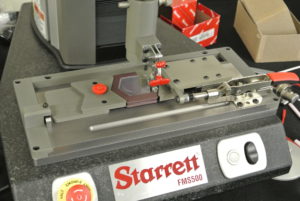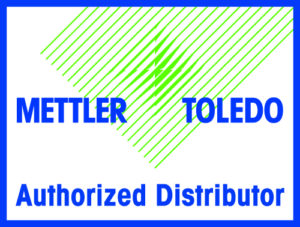Metrology Glossary: Eccentric Load
What Is An Eccentric Load?
An eccentric load refers to a force application that deviates from the direct center of gravity of a structural component. This off-center application of force can induce bending or flexural stress within the member, even when the load is compressive in nature. Eccentric loads represent a commonplace challenge in engineering and construction, arising from a variety of sources including wind forces, seismic activity, and uneven ground settlement. This means that buildings and structures must be designed and constructed to withstand not only the magnitude of loads but also account for their eccentricity, ensuring the safety and structural integrity of the construction under various real-world conditions.
Why Are Eccentric Loads Important?
Structural Engineering: Eccentric loads influence the design of structural elements in buildings, such as beams and walls. For instance, wind forces on a building facade create eccentric loads on walls, necessitating careful consideration to prevent bending and potential failure. Bridges also face eccentric loads from sources such as traffic and wind. Designing bridge piers and girders to withstand these forces is crucial for maintaining structural integrity. Uneven ground settlement can also lead to eccentric loads on foundations. Proper design and reinforcement are essential to prevent structural failures.
Mechanical Engineering: Eccentric loads in machine components, such as shafts and gears, can cause wear and fatigue. Addressing these forces during design and manufacturing is crucial to prevent potential failures. Robot arms and manipulators also experience eccentric loads due to off-center grippers. Understanding these forces is essential for designing precise and robust robotic movements.
Material Science: Eccentric loading tests assess material strength and deformation behavior under off-center forces, aiding in material selection and structural analysis. Eccentric loads contribute to material fatigue over time. This understanding is vital for designing components with sufficient fatigue life.








